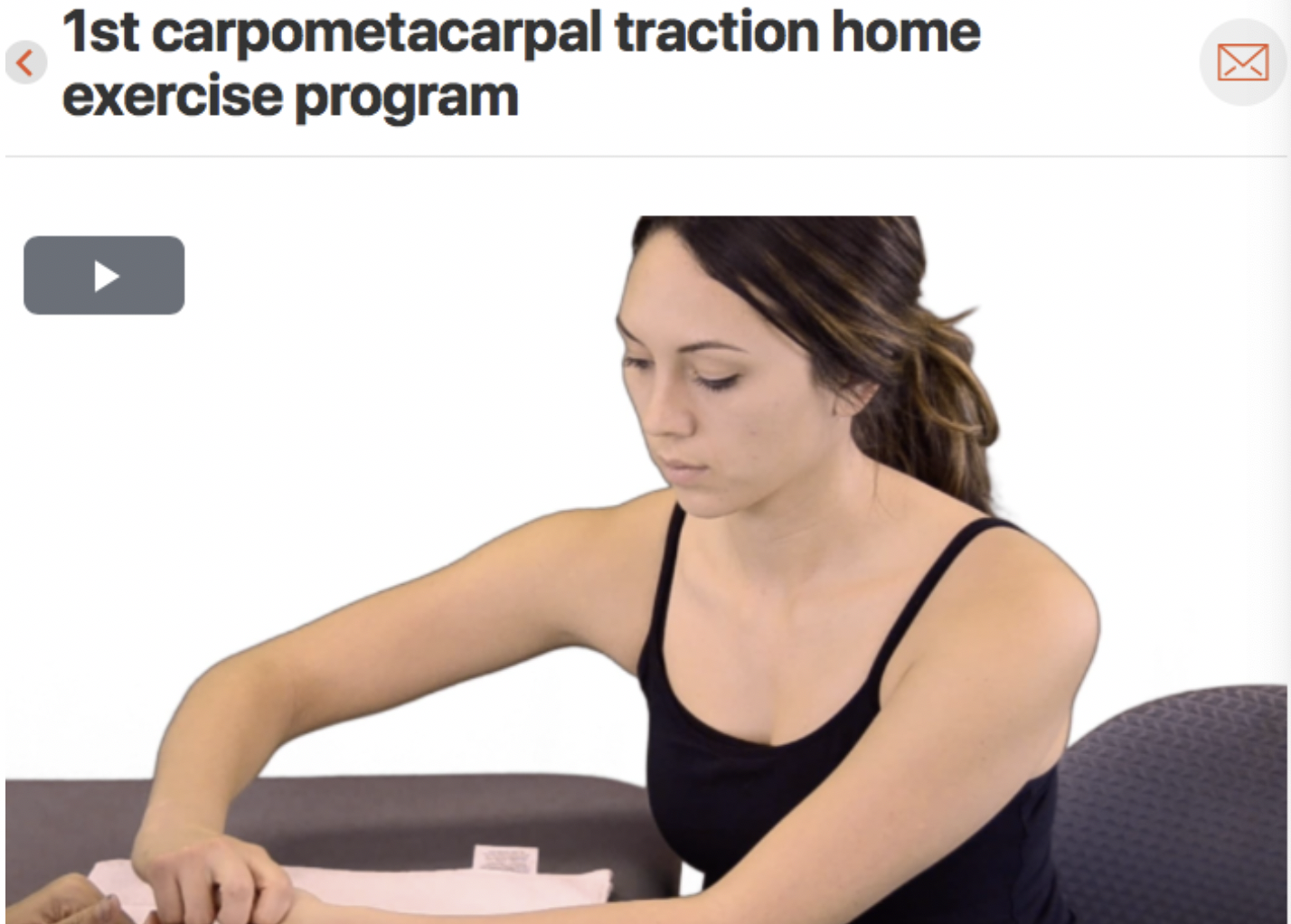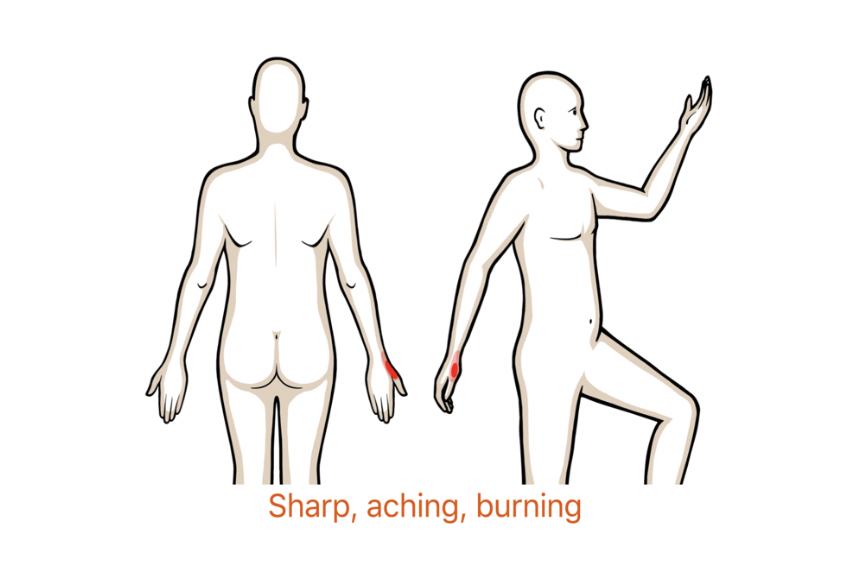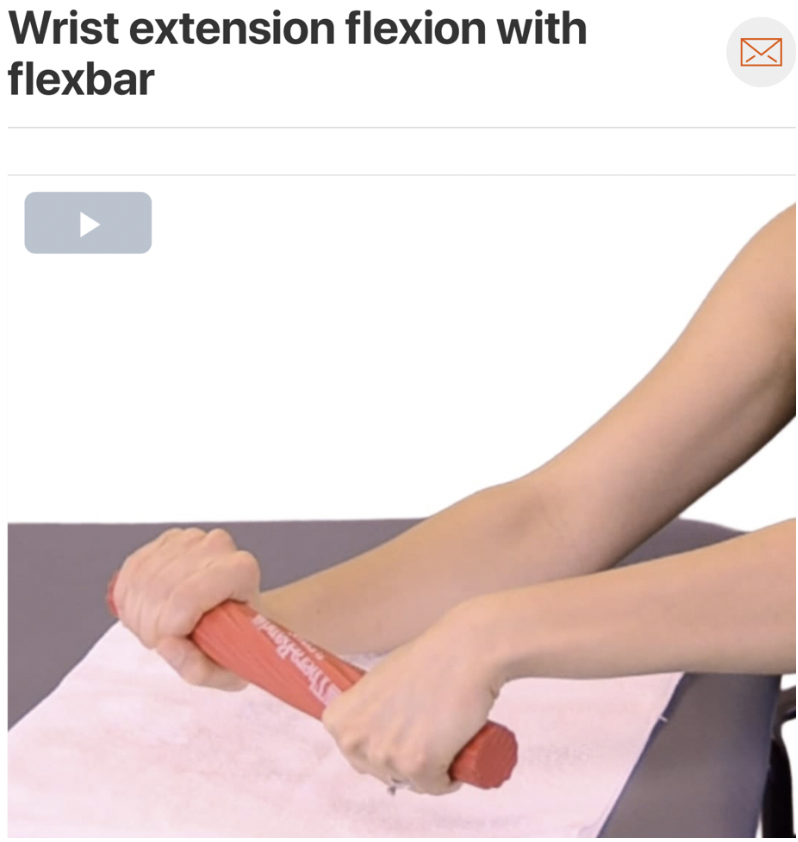Thumb Pain with Mobility Deficits
Do you or a family member have pain in your thumb? Do they complain of stiffness in the morning? Osteoarthritis of the thumb is commonly caused by injury, overuse injuries, or from a history of immobilization. Look below for some things to consider!
For more clinical findings click here!
Anatomy
Image via Complete Anatomy by 3D4 Medical
Special Tests
A good clinical test you can use to check the integrity of the 1stCMC joint is the grind test. A positive test indicates osteoarthritis of the thumb. (Click image to watch 1-2 minute video)
Treatment
This technique can be used for both pain modulation and to help increase flexion range of motion in the thumb! (Click image to watch 1-2 minute video)
Therapeutic Exercise
This exercise can be used to help mobilize the thumb at home and help decrease pain. (Click image to watch 1-2 minute video)
























